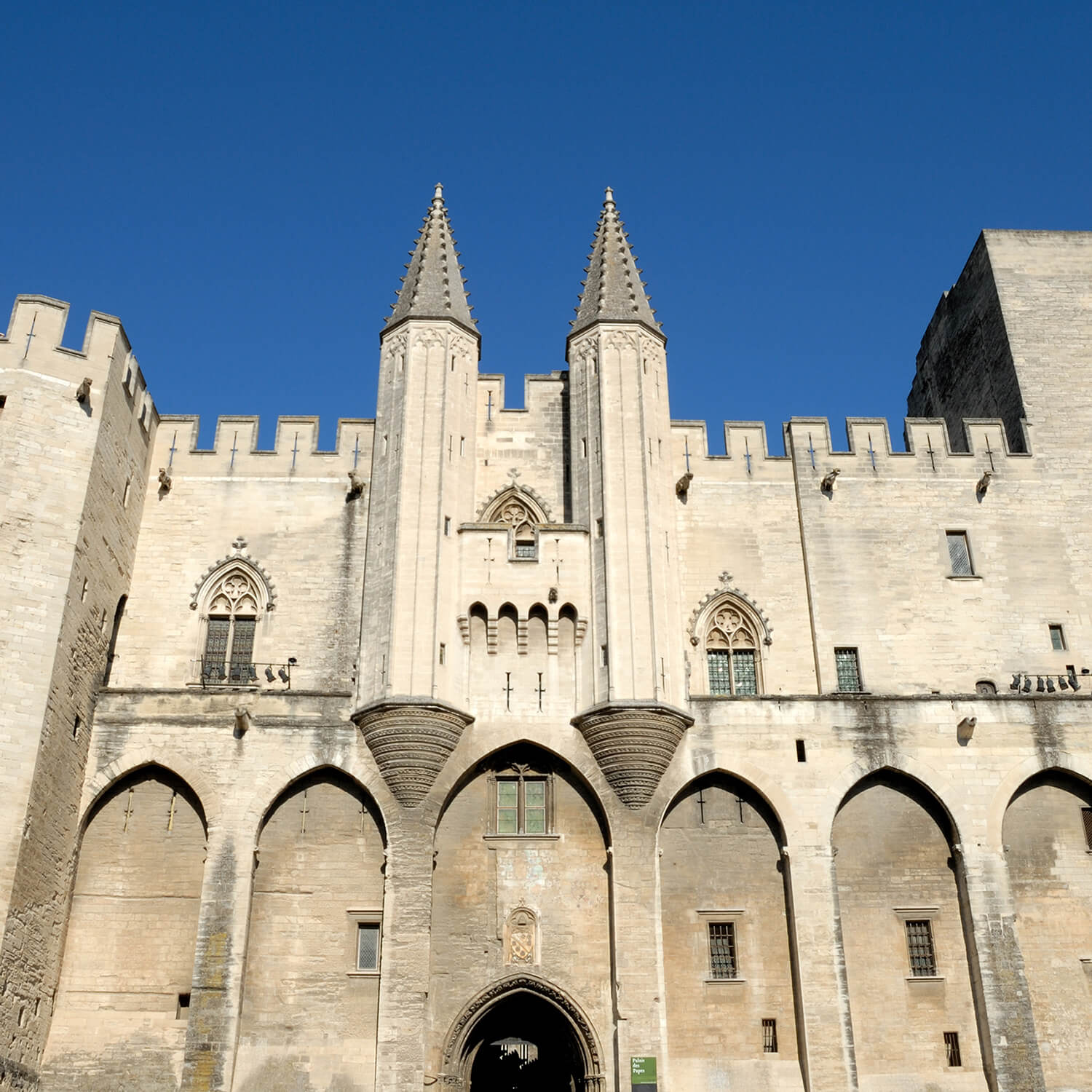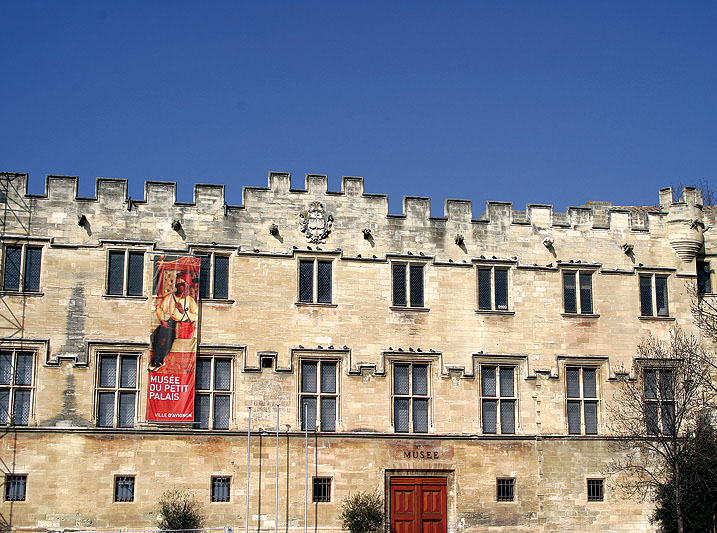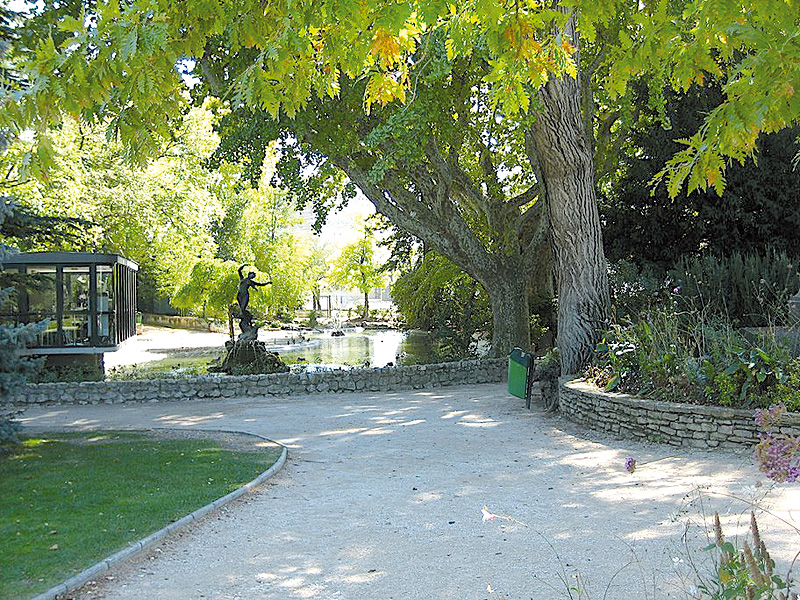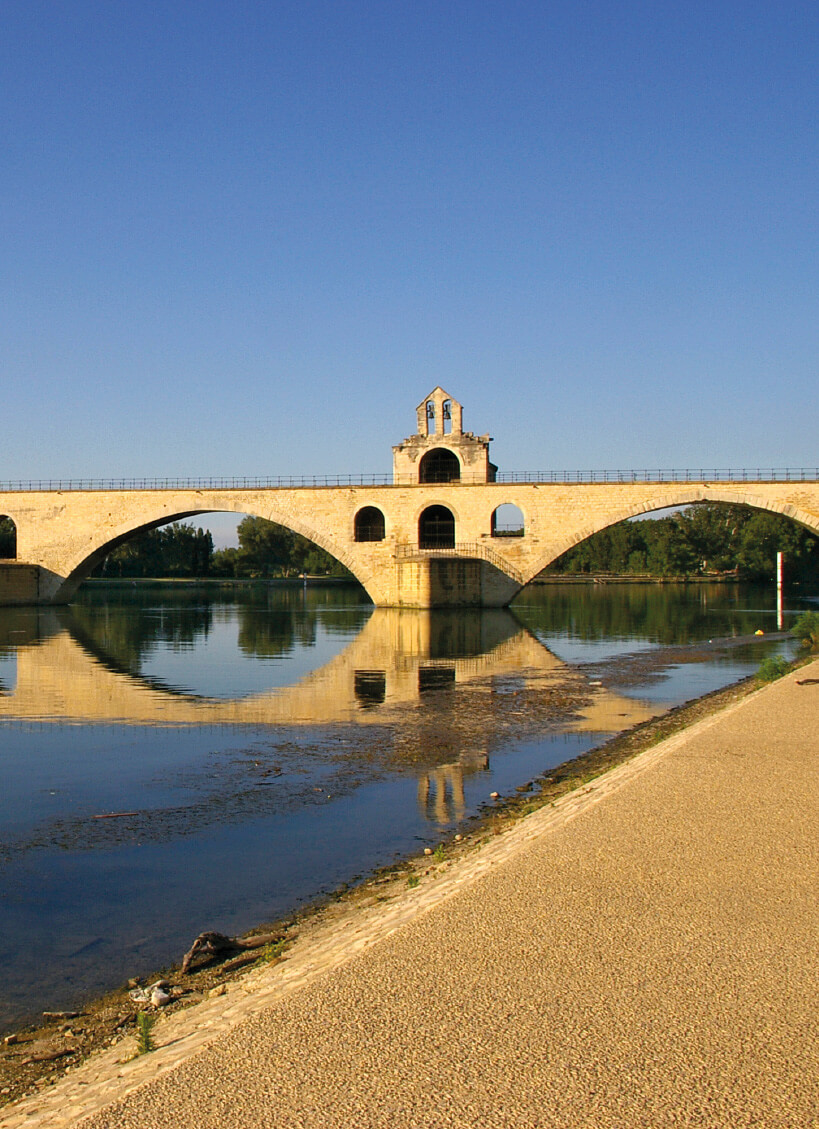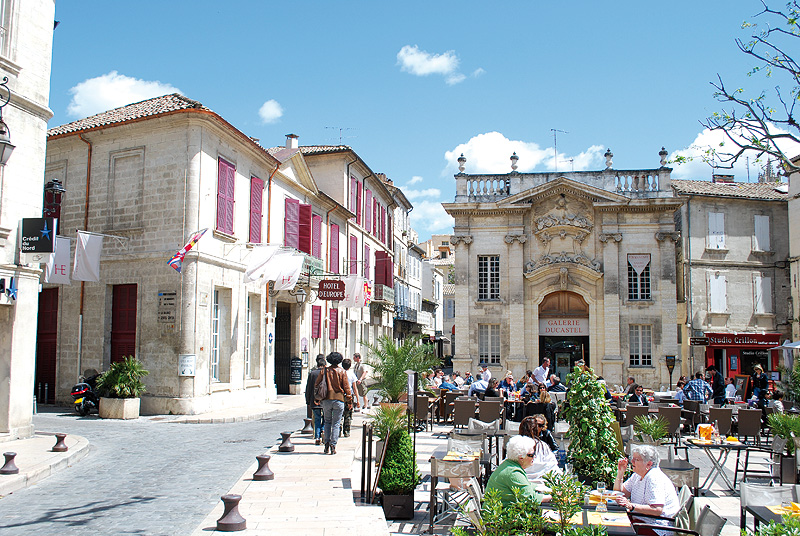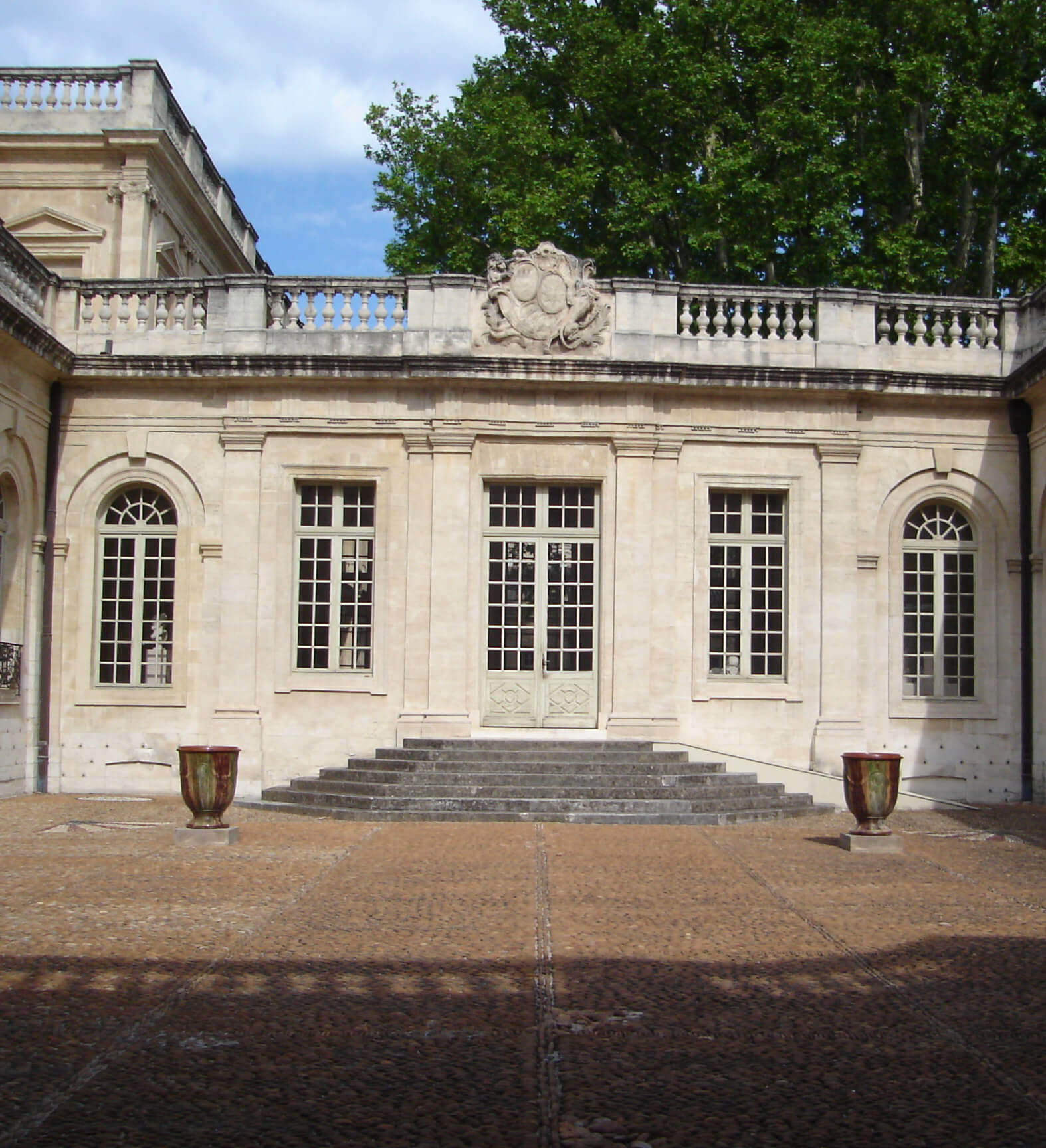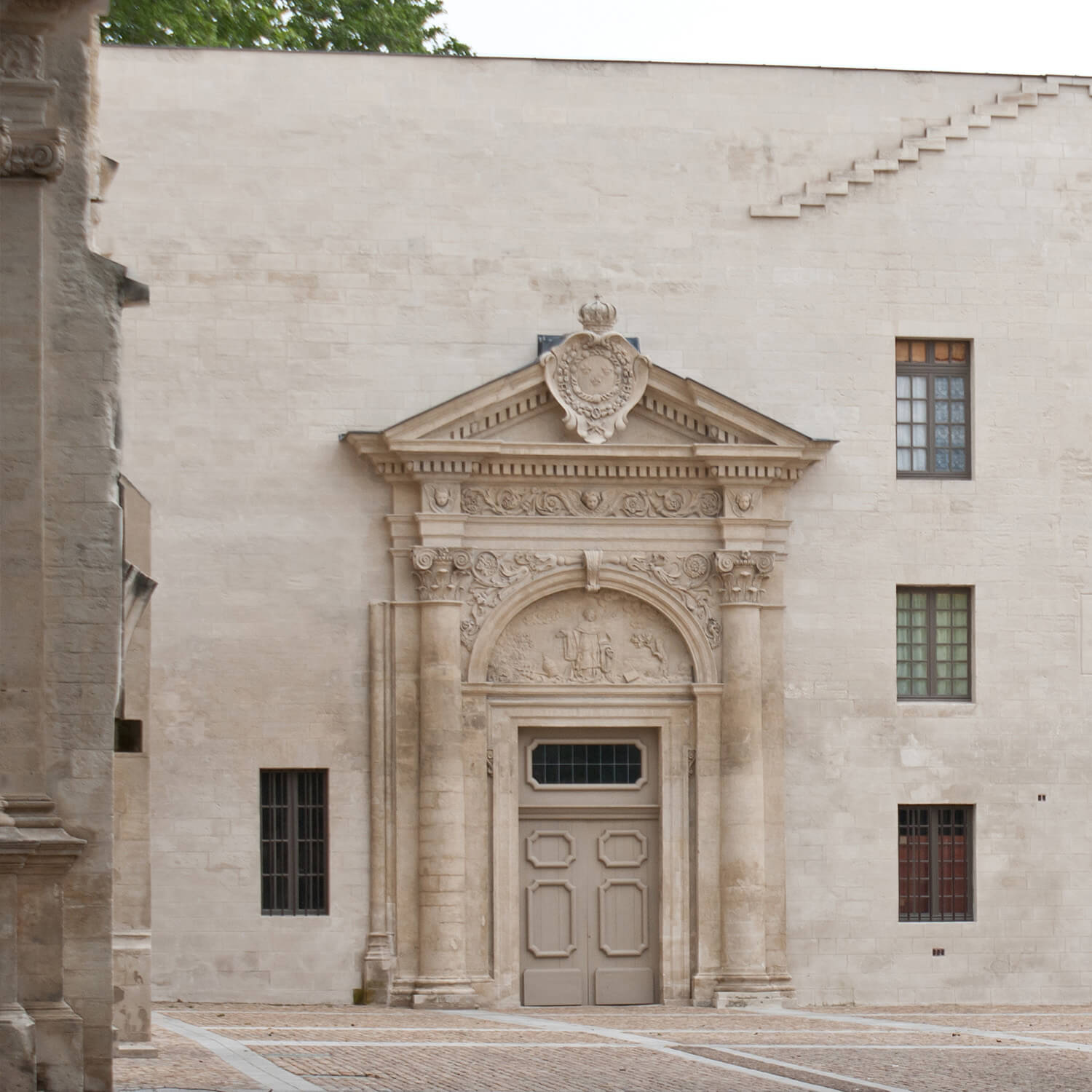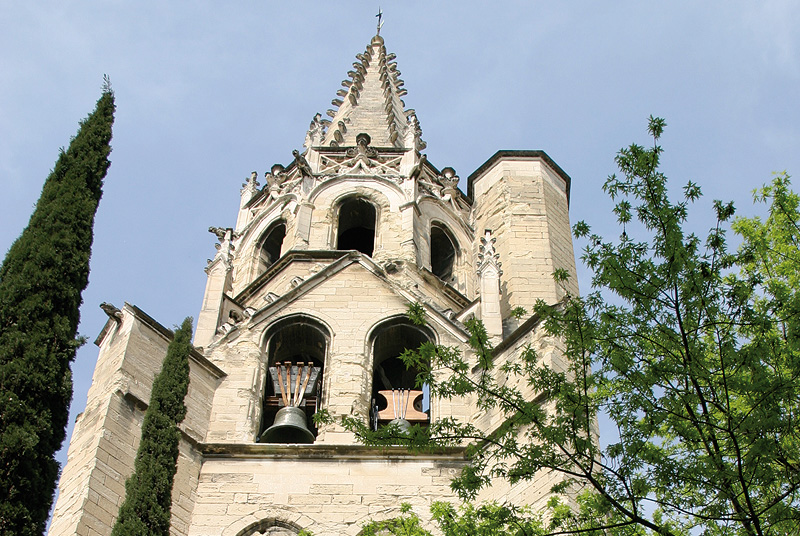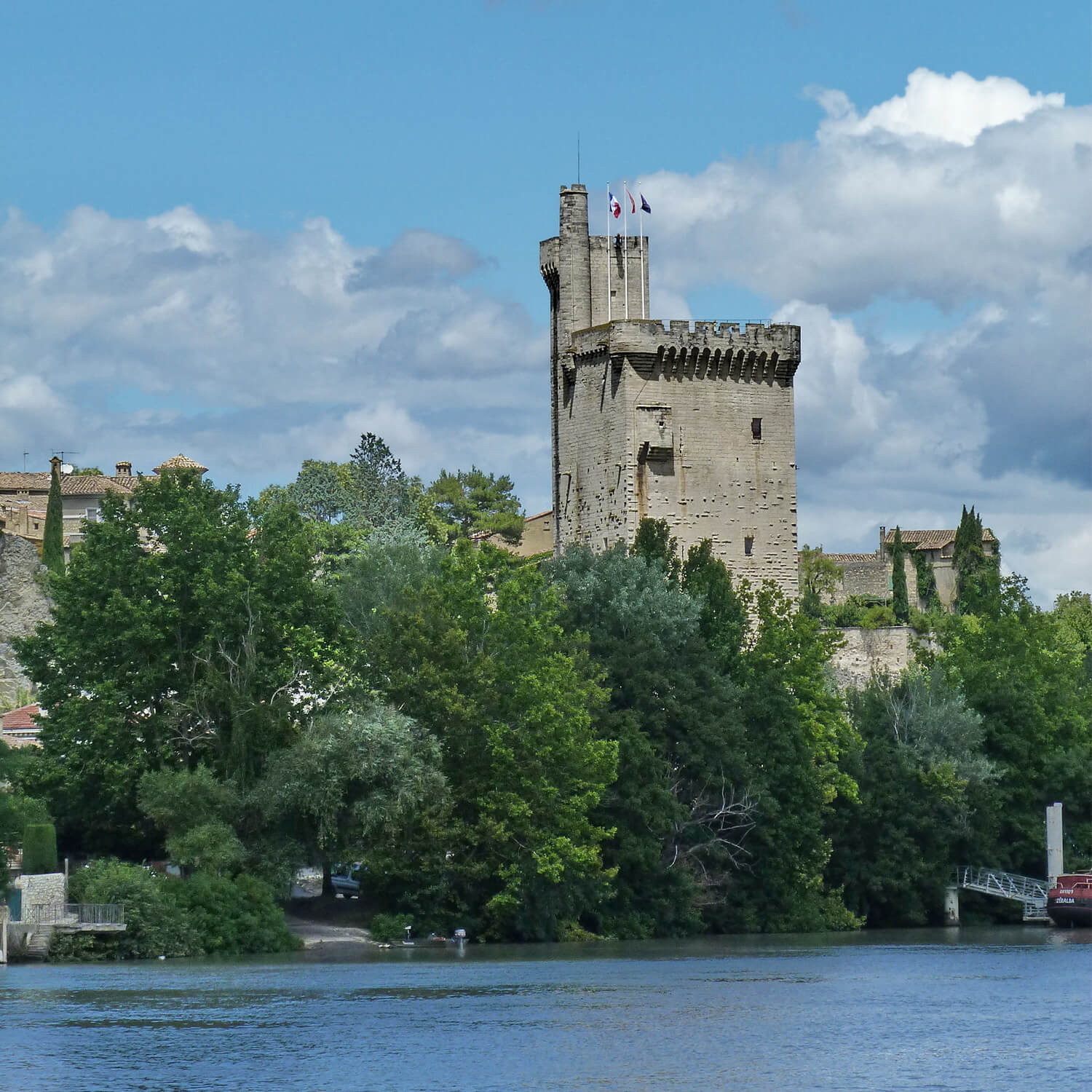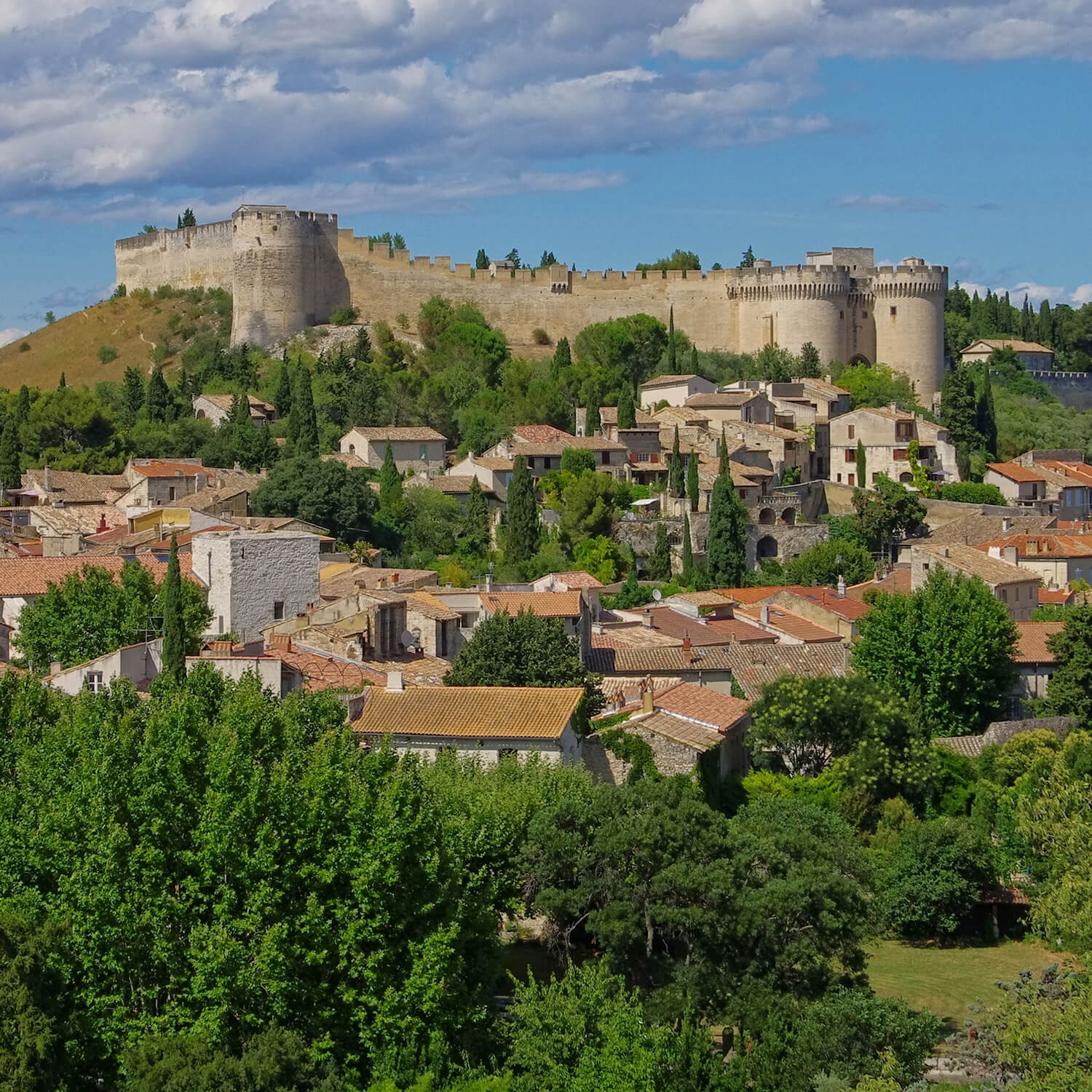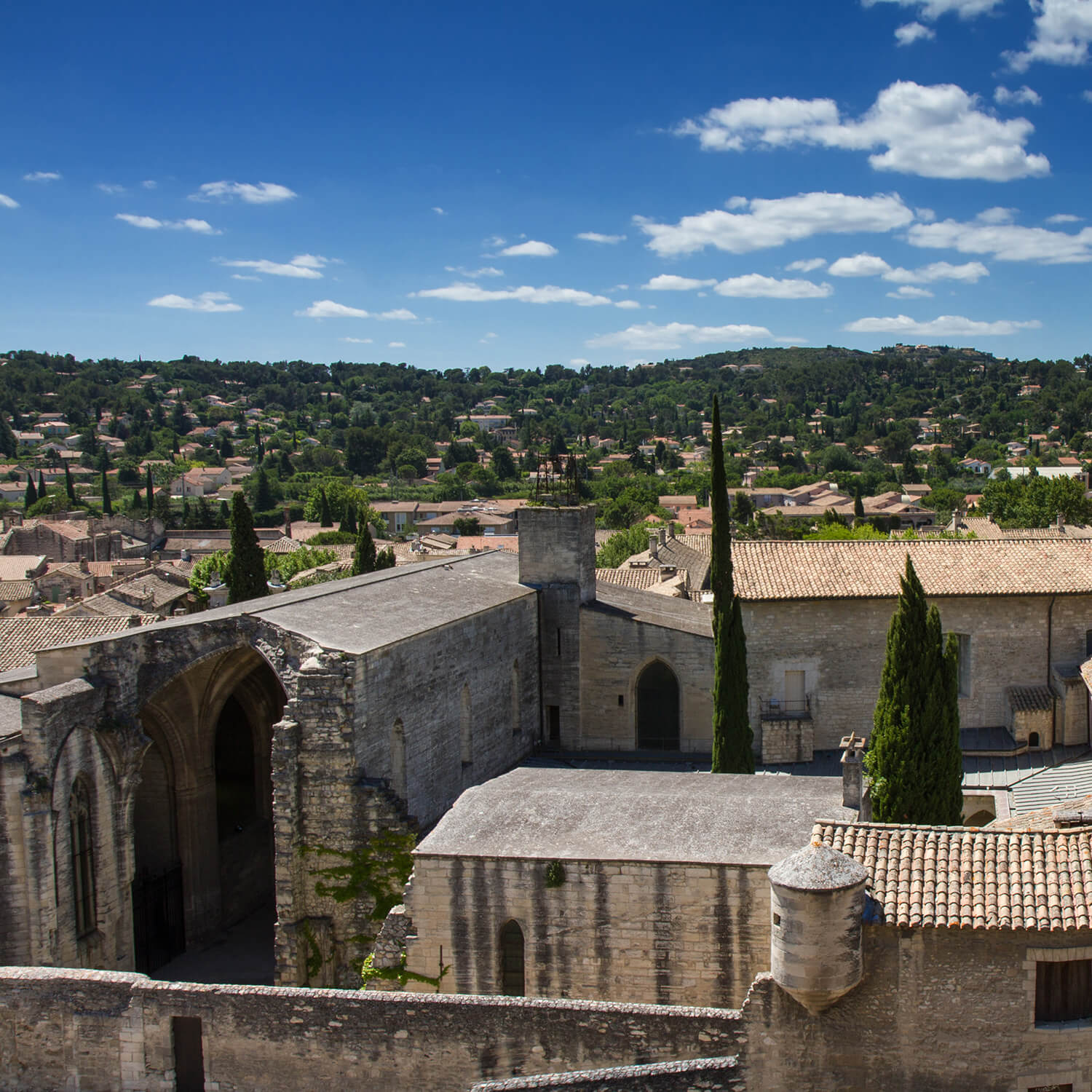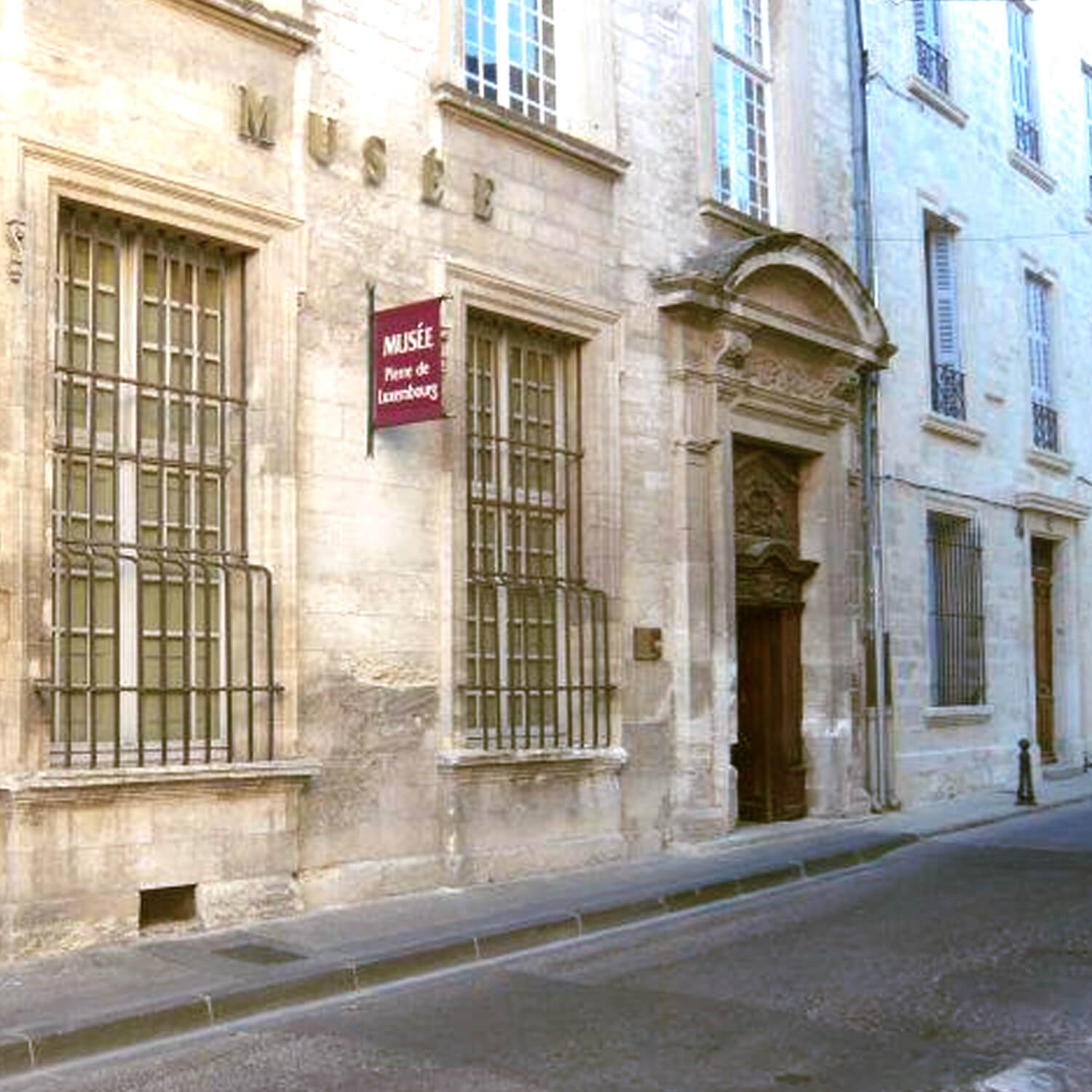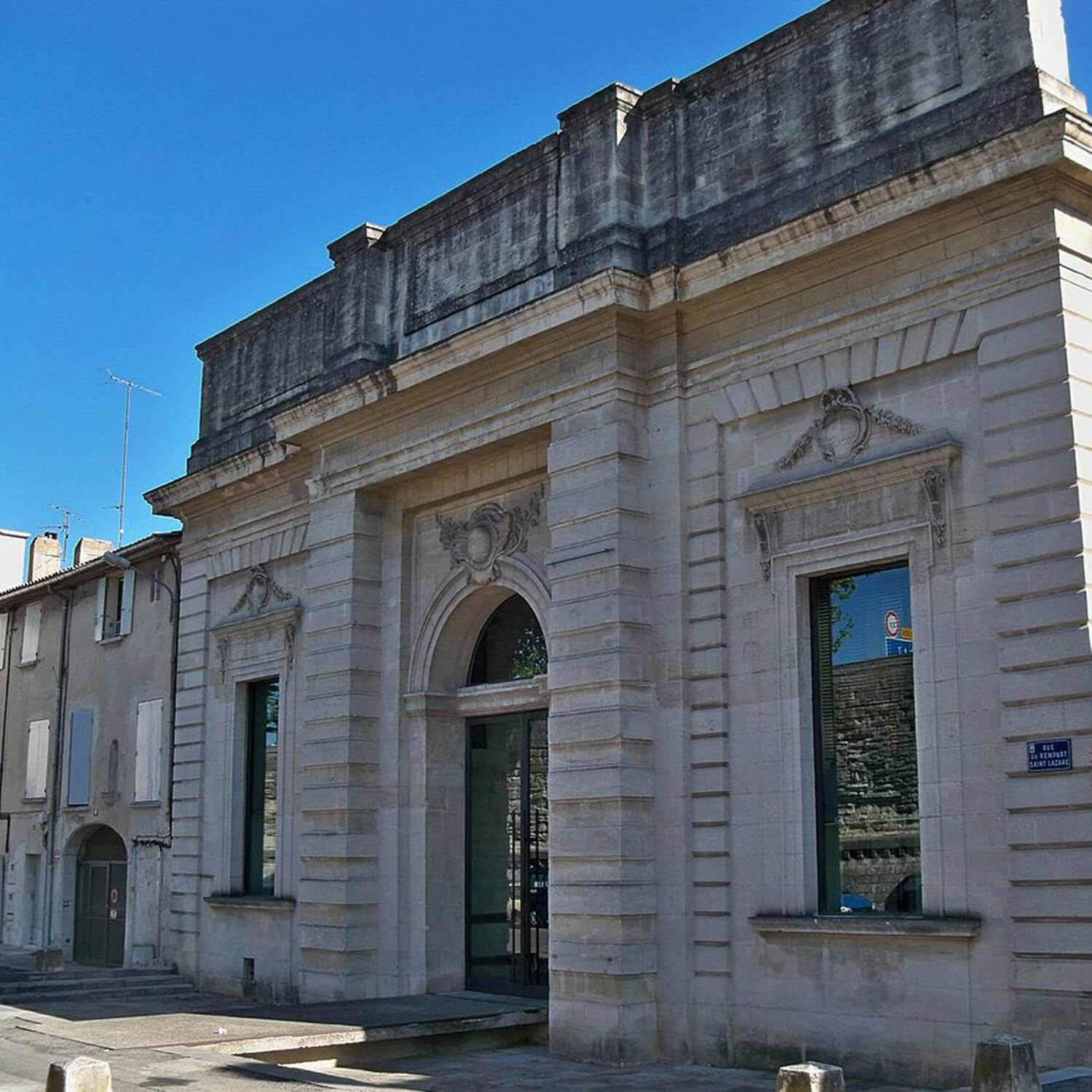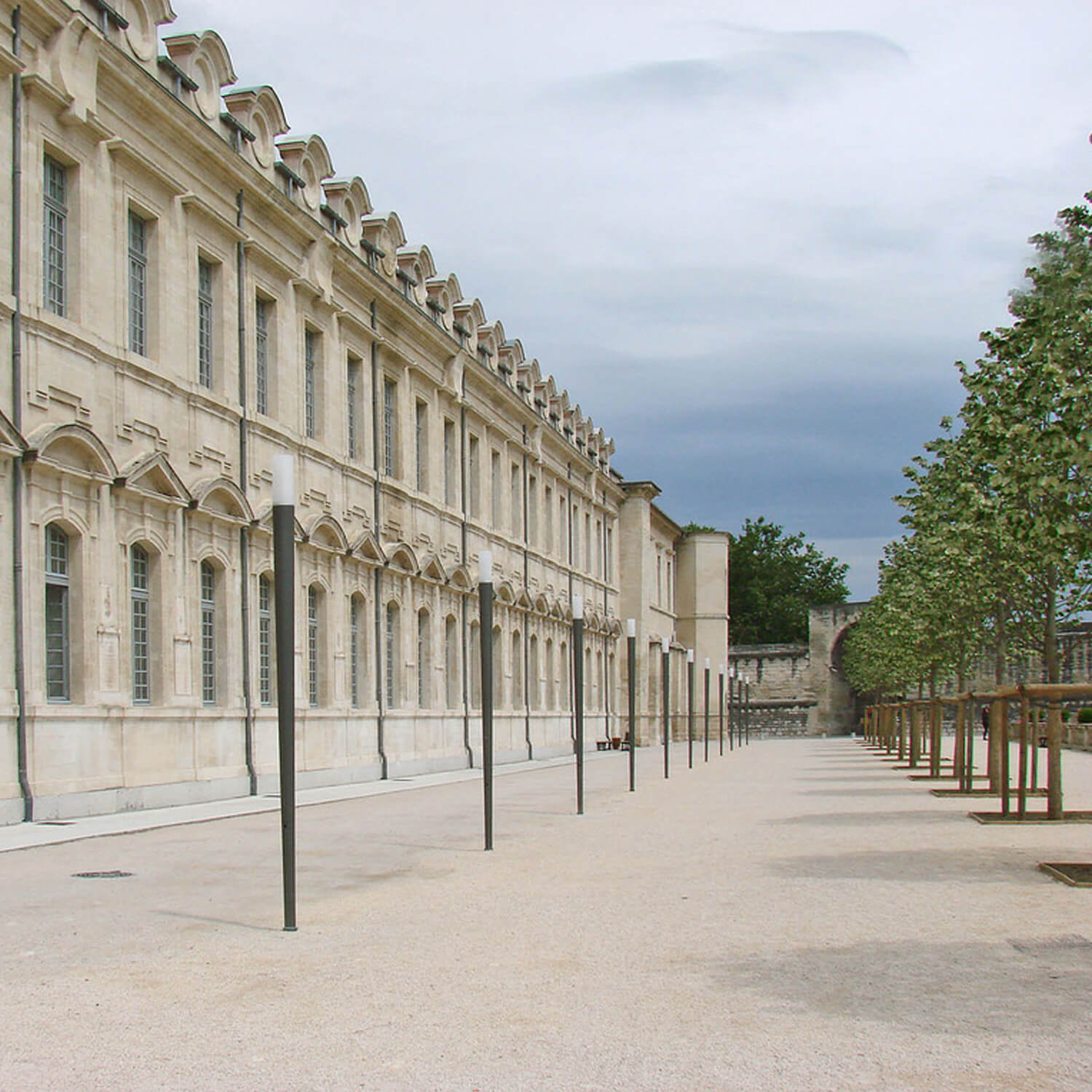THE 19 HIGHLIGHTS
THE 19 HIGHLIGHTS
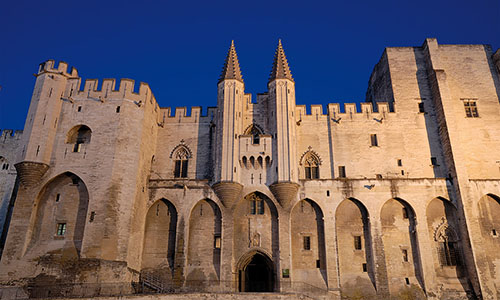
01
THE PALACE OF THE POPES
Avignon was the seat of the papacy in the 14th century. Built from 1335 and completed in less than twenty years, it is the work of two Pope builders, Benedict XII and his successor Clement VI. The monument is the largest Gothic Palace in the world, (15 000 m2, the equivalent of 4 Gothic cathedrals), and offers the visitor more than twenty different rooms where highly influential events have taken place , especially within the Pope’s private apartments adorned with fabulous frescos executed by the Italian artists Matteo Giovannetti and Simone Martini.
The Palace of the Popes dominates the city, and is distinguished by its belt of high walls and the remains of a 12th century bridge over the Rhone. At the foot of this remarkable example of Gothic architecture, the Petit Palais and the Romanesque Cathedral Notre-Dame-des-Doms complete this exceptional monumental ensemble that reflects the prominent role played by Avignon in Christian Europe in the 14th century.
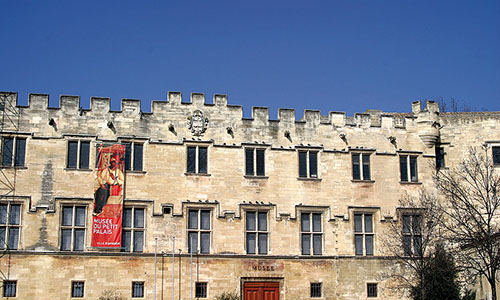
02
THE PETIT PALAIS MUSEUM
The Museum of the Petit Palais in Avignon occupies the Palace of the Archbishops, at the end of the perspective formed by the square of the Palace of the Popes in the North. The elegant Renaissance facade, built by the future Pope Julius II at the end of the 15th century, then cardinal Julius de la Rovère, adorns a 14th century building.
Opened since 1976, the Museum presents a set of works that represents the most important collection of Italian primitives outside Italy. You will discover exceptional Italian paintings from the Middle Ages up to the beginning of the Renaissance.
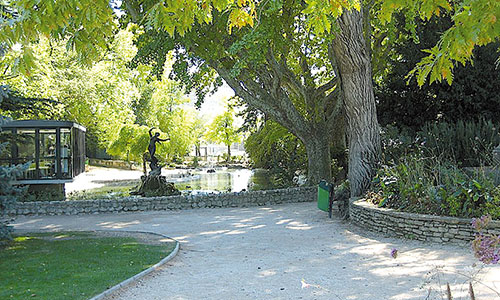
03
ROCHER DES DOMS
The Rocher des Doms is the birthplace of Avignon, it faces Villeneuve-les-Avignon where, on the mount Andaon, stands the Fort Saint André.
The wonderful panorama of the surrounding area makes this place a must-see. The garden at top of the rock was landscaped in 1830. It was a colossal endeavour during which a water tank which supplied the city was covered over.
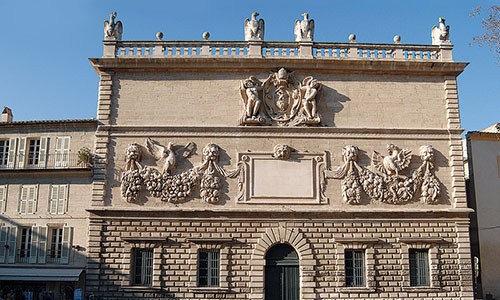
04
MINT
The ornate baroque facade of the Mint contrasts with the austere walls of the Palace of the Popes that face it.
It was built in 1619 by the vice-legate.
The eagles and dragons are the arms of the family of cardinal Borghese.
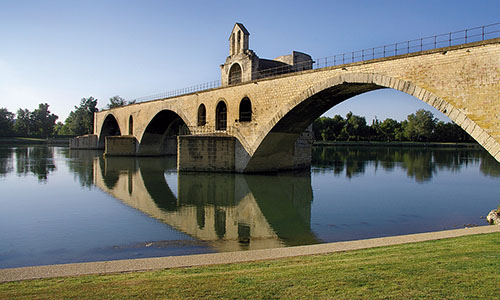
05
ST-BÉNÉZET BRIDGE
The Saint-Bénezet bridge or Avignon bridge was made famous by the popular song Sur le pont d’Avignon… L’on y danse, l’on y danse….
The bridge was started in 1177. 920 metres long, it consisted of 22 arches and was 4 meters wide. This imposing building, which was nicknamed “the wonder of the ages”, was built in only 8 years, until 1185. But this first bridge of the Romanesque period was destroyed up to the fourth arch during the siege of 1226. The new bridge stretches for about 900 metres and has 22 arches.
In the Middle Ages, the St Bénezet Bridge is part of one of the most important routes of pilgrimage between Spain and Italy. It will become essential to the papal court which moved to Avignon in the 14th century.
Very quickly, the Cardinals moved to Villeneuve to escape the nuisances of Avignon, described by the poet Petrarch as “the most foul and most stinking of the cities of the Earth.” At that time, the bridge provided a direct link between the multiple residences that the Cardinals were building and the Papal Palace located inside the city walls of Avignon.
Every time they passed over the bridge, the popes usually stopped for a moment in front of the Bénezet Chapel to pray and leave a handout of a florin.
The bridge was paved in 1377 by order of cardinal Blandiac, to address the problem of frequent slips causing numerous accidents and drownings. Louis XIV is one of the last person to have used it to cross the Rhone before its ‘collapse’ in the 17th century. Despite his willingness to become its owner, he will never bring himself to fund its restoration.
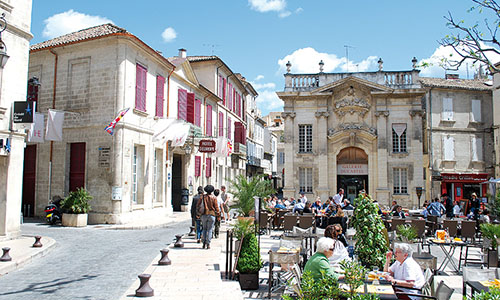
06
PLACE CRILLON
A warm and friendly atmosphere to discover… on a terrace or indoors…
This beautiful shaded and lively square is surrounded by stone facades typical of Provencal architecture.
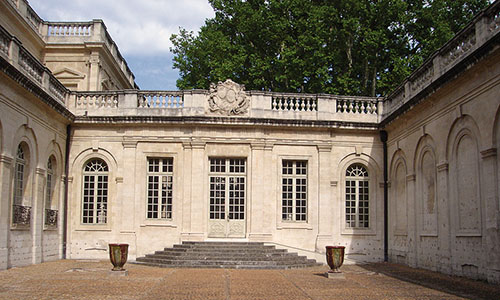
07
CALVET MUSEUM
Museum of fine arts and archaeology of Avignon
The Villeneuve-Martignan Hotel, which houses part of the Calvet Museum, is one of the most prestigious buildings occupied by the Foundation. This magnificent 18th century Franco-Italian style hotel, with its stone paved court and garden, was built by Jean-Baptiste Franque, assisted by his son François. In addition, the beautiful adjacent mansion bought by the city in the early 20th century from the family of Montlaur.
The Calvet Museum now houses works of art from the 16th to the 20th century, and contains numerous funds donated or bequeathed by patrons, lovers of art and collectors, such as the baron of Montfaucon, Esprit Requien, Noël Biret, and recently Marcel Puech. In 1983, when the city of Avignon decides to split the Museum and the library, it undertakes extensive redevelopment work. At the reopening of the Museum in 1996, the collections take over the space once used by the library. Modern buildings and an indoor space redesigned by architect Philippe Dubois highlight the constantly enriched collections, largely due to the vigorous policy of acquisition led by the Calvet Foundation.
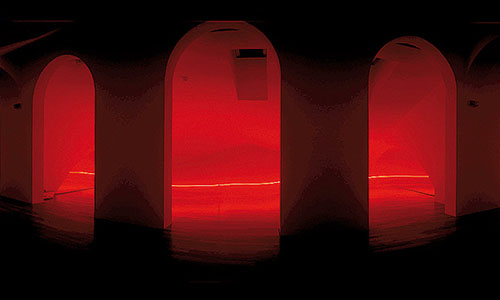
08
COLLECTION LAMBERT
Museum of contemporary art
The Collection Lambert opened its doors in June 2000, in conjunction with the celebrations for “Avignon, European Capital of Culture”. Yvon Lambert, gallery owner and collector, chose this 18th century mansion to deposit his personal collection, with a view to a future donation. The first collection consisted of 350 works from the 1960s to today. It now has over 1200 references. A place of creation, exchange and outreach, the Collection Lambert offers five areas spread over the 2000 m2 of the Museum: exhibitions, preventive conservation, activities aimed at young audiences, a bookstore with artists publications and a restaurant located in the courtyard of the mansion.
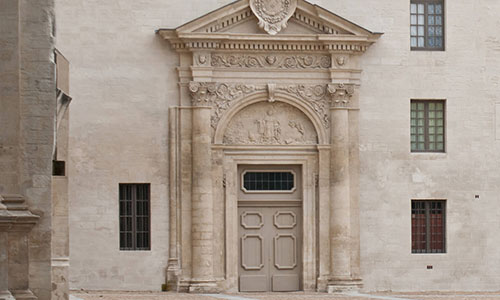
09
PLACE DES CORPS SAINTS
The former convent of the Célestins and in the right corner, its church.
These two religious buildings were built in the 14th century, on the location of the Cemetery of the Poor, where the Cardinal Pierre de Luxembourg, one of the Patron Saints of Avignon, was buried.
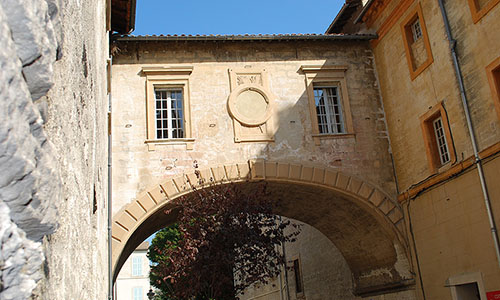
10
ANGLADON MUSEUM
The Angladon-Dubrujeaud Museum houses a collection of works by important artists of the 18th, 19th and 20th centuries, preserved by a couple of painters and engravers, Jean and Paulette Angladon-Dubrujeaud, heirs of the famous couturier and Parisian collector Jacques Doucet. The generosity of donors, locals from birth or by choice, provided for the transformation of their former home into a museum. With works by Degas, Daumier, Sisley, Van Gogh, Cézanne, Picasso, Modigliani, etc…
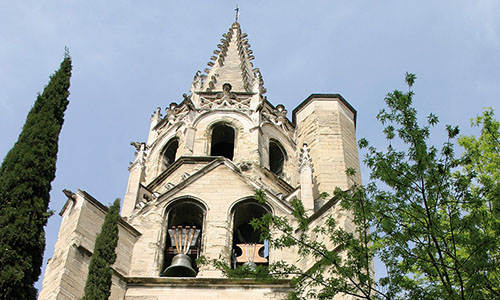
11
PLACE DES CHÂTAIGNES
We are Place des Châtaignes, whose name recalls the chestnut market, which was held here as early as the 14th century.
Next you will find Place Saint Pierre, where as early as 1358, a collegiate church in the flamboyant gothic Provençal style was erected, replacing a 7th century church.
The construction of the Basilica, which began with the buildings of the canons, the cloister and the east end of the church, continued in the 15th century, with the expansion of the nave, the addition of the side chapels and the Bell Tower. Its doors, carved in wood, were installed in the 16th century.
This Open Tour comes in addition to the 11 remarkable points covered by the tourist Train.
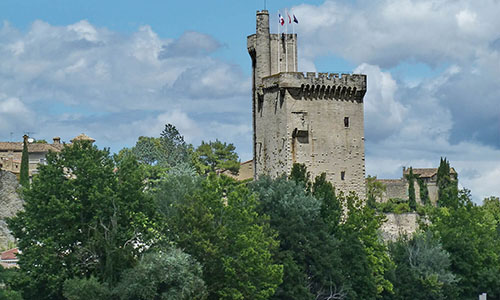
12
PHILIPPE LE BEL TOWER
Built on the rock …. the Philippe le Bel Tower… named after the Capetian king who had it built in the 13th century for the sole purpose of controlling access to the bridge of Avignon.
It represents a perfect example of medieval military architecture, symbolizing the royal power in the face of pontifical domination.
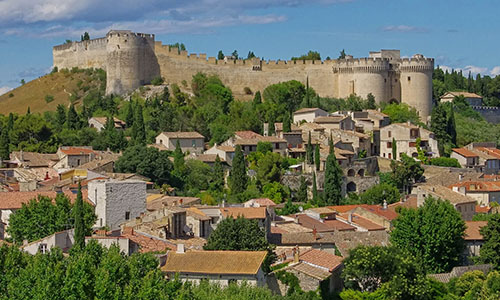
13
FORT SAINT-ANDRÉ
The construction of this fort begun in the latter part of the 12th century.
In the 14th century, it defended the Benedictine abbey of the same name.
The remarkable gardens are ranked among the most beautiful in France.
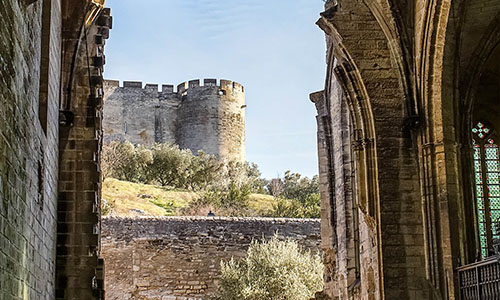
14
SAINT-ANDRÉ ABBEY
The Abbey of Saint-André is a gem to be discovered!
From its vaulted rooms, sumptuously decorated in the 17th century, to its exteriors…
The gardens of the Abbey, which have received the label: Jardins Remarquables (Remarkable Gardens), are well worth a visit!
Romanesque remains and ornamentation in the Tuscan Renaissance style showcase the splendour of yesteryear, amidst roses and Mediterranean plants.
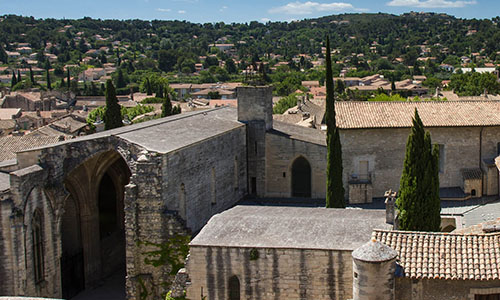
15
CHARTREUSE
The Chartreuse of the Val de Bénédiction, former residence of the Cardinal, was built under the impulse of Pope Innocent VI, from 1353.
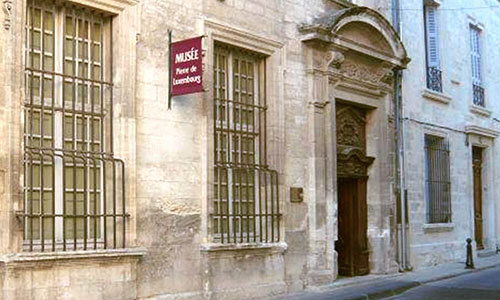
16
PIERRE DE LUXEMBOURG MUSEUM
Housed in a 14th century mansion, where several cardinals resided.
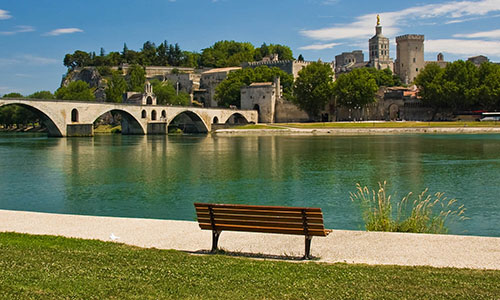
17
ISLAND OF LA BARTHELASSE
It is in the heart of this green lung of 700 hectares, on the right bank of the Rhone, that we will make our next stop.
A 10 to 15 minutes stopover during which you can relax and enjoy the breath-taking panorama on the city of the Popes, located just opposite!
Unless you prefer to continue your visit by bike, or to reach the historic centre by taking the free river shuttle.
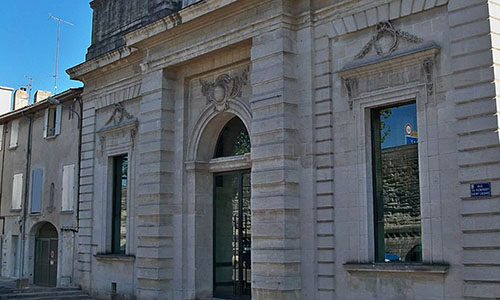
18
PORTE DE LA LIGNE
This former salt cellar is a very beautiful building, dating from 1758.
However, the first salt storage building was built in 1363. Restored in 1989 by Jean-Michel Wilmotte, it is now used as a theater.
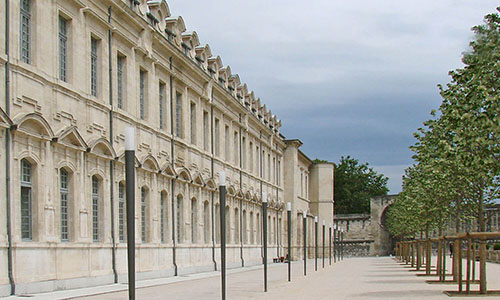
19
ST. MARTHE UNIVERSITY
Since 1994, the University has occupied part of the old buildings of the Sainte-Marthe Hospital, founded in 1354, thanks to the donation of ten thousand gold florins made by the knight Bernard Rascas, a justice marshal.
A door, created in the modern period, allows access to the University’s gardens, and to admire the elegant facade of the Sainte-Marthe Hospital, which was built between the 17th and the 18th century.
Founded on July 2nd, 1303 by Pope Boniface VIII, the University of Avignon is one of the oldest in Europe.



